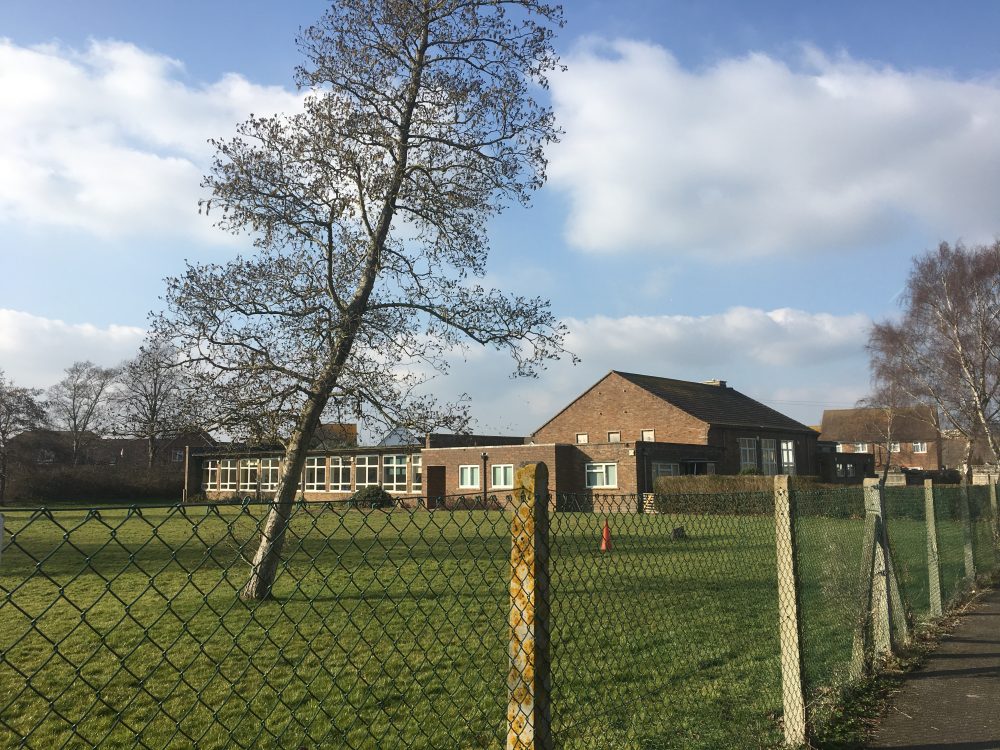Both Rother District Council (RDC) and Rye Town Council (RTC) are investigating setting up separate housing trusts to build affordable housing.
At RDC’s Cabinet meeting on December 2 Ben Hook, Head of Services, recommenced that Rother set up a Local Housing Company. The aim of the Company will be to ‘complete up to 1,000 new homes by 2035, with the primary objective being to increase and accelerate the overall delivery of housing in the district’ he said.
The Local Housing Development Company would deliver a £200m housing programme because they will be able to borrow funds to build the homes and be able to pull on additional support from the Council.
The Company would build mixed tenure housing schemes that will included homes for sale and rent, in accordance with Rother’s Local Plan and Housing Policy. The affordable element of each housing scheme would be sold to a local registered social housing provider.
In a separate, but related, move Rye Town Council (RTC) are in discussions to create a Community Land Trust to build up to 20 affordable homes in Tilling Green. A similar initiative has been set up in Icklesham – with Rother District Council’s planning committee unanimously approving their application to build 15 affordable homes at the edge of the village in May 2019.
Following Rother’s approval of 63 homes being built on the Thomas Peacocke/Lower School site without an affordable housing element, RTC is likely to miss its Neighbourhood Plan target to build 40 affordable homes.
RTC enquiries with ESCC, who currently own the Tilling Green site, indicated that they would look favourably on an affordable housing scheme on the green field around Tilling Green’s Community Centre.
The full RDC Cabinet report on increasing housing supply in the District can be read here.
Image Credits: Nick Forman .




This land should not be built on until the drainage problems have been sorted out. The roads and the land can not cope as it is and since Valley park was built there is often flooding outside of Tilling Green School and around the area. To build even more houses in that area would cause even more drainage and flooding problems.
The flooding in the road next to the old Tilling Green School has been happening ever since the estate was built in the late 1950’s. Nothing to do with the building of Valley Park!
Yes Shelley you are quite right, I used to live on the estate and remember wading through the water on my way to primary school at age 6: great fun. I’m now in my 60s.
Notice how the under dog has been clobbered. In one area a new nearby development is due to be built with no affordable housing (I wonder why.) and the space so badly needed for the local community is allotted to be built upon with social housing. (Again I wonder why.) What I suggest is that the reader studies the last proposal development for the Tilling Green Community Centre site. (I spent many years working with architects, planners and developers; so I know how to visualise their drawings.) This I think you will find stated that to make the development viable around 30 houses needed to be built and the existing ‘Community Centre’ would need to be reduced in size. The outcome from this proposal was that the new community centre would no longer be financially viable, but need to rely on donations to exist; a recipe in modern times for failure!
The second part of the equation was the flood risk factor: Every local knows the area around the old school site (Tilling Green Community Centre) is at the bottom of a hill and that it floods. Therefore to reduce the flood problem within the local area a temporary pumping station has now been installed at the Junction of Mason Road and Udimore Road.
Take a good look at the legislation the last developer of the Tilling Green site ran foul of. I.e. it was cost effective to build elsewhere. Therefore Rother Council, will seriously need to look at costs to get value whilst spending public money.
The 25% apportionment of the CIL due to Rye from the Lower School site could surely be routed into the proposed Community Land Trust ‘pot’ for the benefit of Rye’s infrastructure. Such an arrangement would set a precedent for the eas(ier) management of all future apportionment payments from developments (Bridge Point and beyond?) in the town.
As an Icklesham resident (for the moment) and a Member of the Icklesham Parish Community Land Trust Ltd* I am wholly in favour of such initiatives and could forward a PDF of the relevant Application Form* as a template if any of the Council are interested.
I’ve only just picked up on NC’s comments, as previously stated Tilling Green has always flooded at the school, my parents lived there for 60 years, I remember Lea Avenue flooding almost to the front doors and on one occasion and Marley Road flooded by the path to field.
Various pumps were installed around Rye, Marley Road, Gibbets Marsh, The Strand and Monk Bretton bridge and the problem certainly improved.
Maybe it’s time to upgrade the system, dredge the rivers etc
[Note:This comment has been slightly edited to meet our guidelines]
Let me try again without it being edited.
The comment that Valley Park has caused flooding on Tilling Green is wrong.
There is a catch pond at the bottom of Valley Park which to my best knowledge has never had water in it.
It’s also worth remembering that Tilling Green was built on swampy ground and probably wouldn’t get passed the planners these days.
All I was trying to do was stop misleading information being put out on your site.